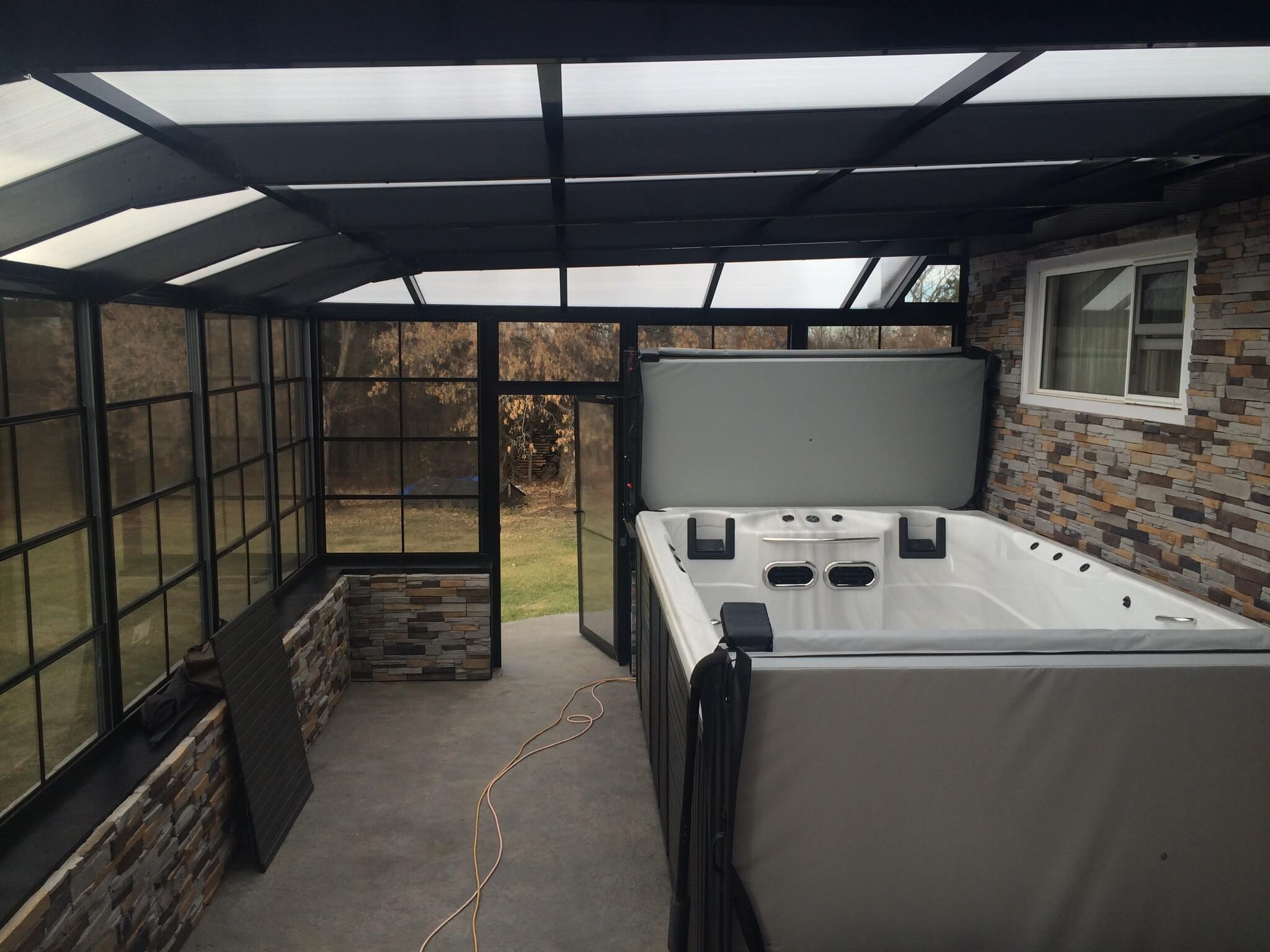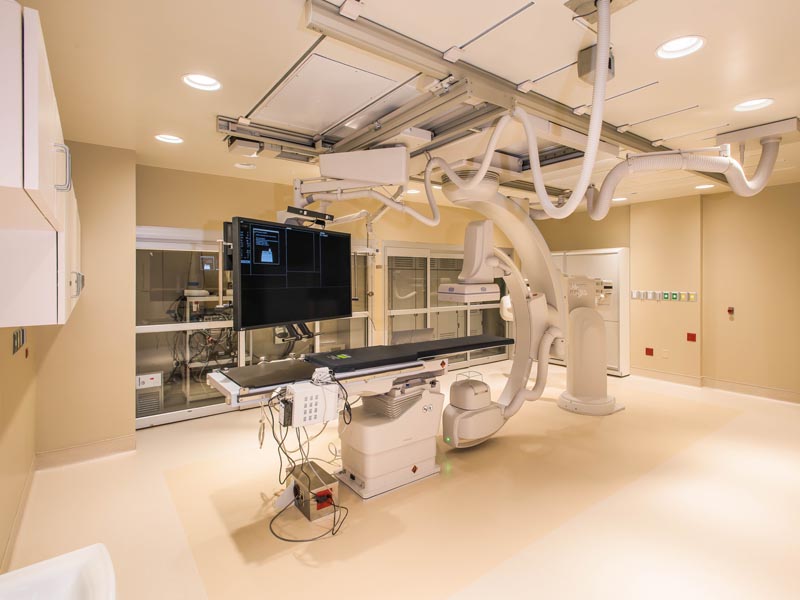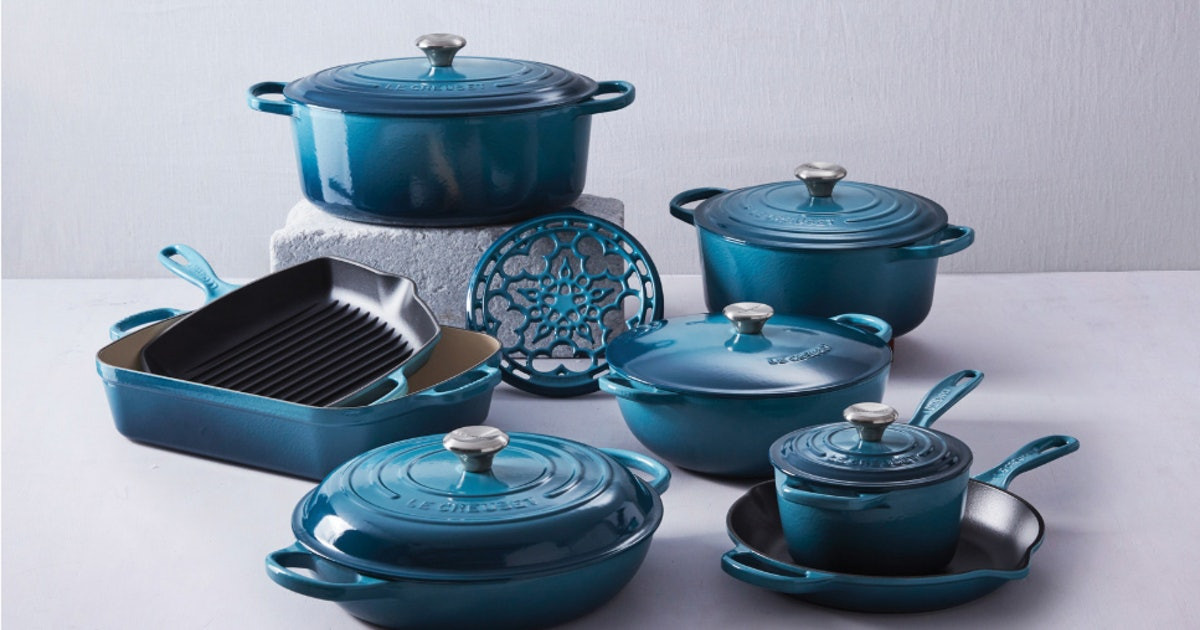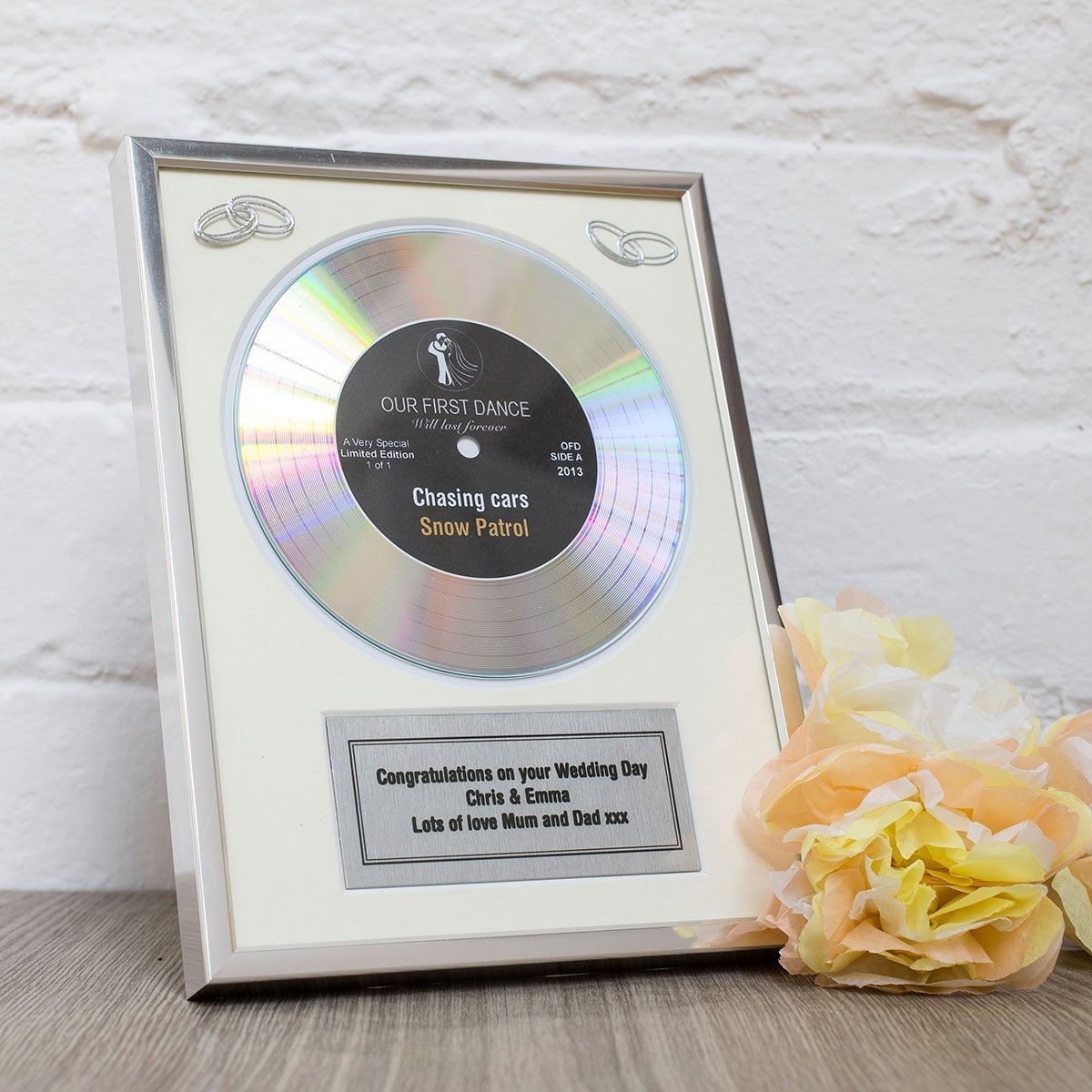Table of Content
But something as expensive as a professionally designed and built panic room might be out of your budget and not really necessary. A DIY safe room is intended to be a short term escape area. As you may be in the room for a long time be sure to have food and water.

Anything thing you can do is brace the door with a piece of wood against the floor. Have you ever seen someone on TV shove a door under a door handle to keep it closed. This creates a wedge that prevents people from kicking in the door. I like to include one at the top and bottom of the door. These help secure areas of the door that are far away from the hinges and locks.
Composite Material
If you have a basement, this is the most ideal location for a safe room if you are concerned about tornadoes or other storms with high winds. It is the most secure location, away from exterior walls. Heavy screws with longer and stronger threads are ideal for fixing hinge and strike plates. The reinforcement can be applied even if you have multiple locks on your door. Install brackets with metal bars right into the house frame.

A minimum of three gallons of water per person will allow for a lengthy stay. The door leaf itself must also be able to withstand abuse without allowing entry. Proper thick gauge steel should be used to prevent pass through. Do not attempt to build your own safe room without thoroughly educating yourself on the FEMA codes and guidelines.
How Much Does A Yard Of Concrete Weigh?
If you plan to modify or retrofit an existing room, you should plan for a safe room to be anchored to the foundation. It is not permissible to attach walls and ceiling framing to the house framing. A standard safe room is made up of concrete, steel, and plywood or fiberglass, depending on the material used. A strong foundation must be sufficiently anchored to keep it from being overthrown and uplifted. Safe rooms can be built on concrete slab-on-grade floors in the garage or on the first floor of your home, or on concrete slab-on-grade floors in the basement.

A safe room or panic room is a fortified room that is installed in a private home or business. In the case of severe storms, a safe room is defined as a structure that can provide near-instant protection. Safe rooms can be included in the design or construction of any new or existing home.
DIY
You can also screw steel sheeting to the 2x4s and cover with drywall and paint. You will need to use steel sheeting or chicken wire in the ceiling, which can be done from the attic if you're in a one-story home, or applied directly to the ceiling . The room must be anchored securely to ensure that it does not lift or overturn in high winds or a tornado.
This option allows you to continue using your safe room every day and not just in an emergency. I like having a way out of the panic room just in case. If it’s on the first floor a trap door somewhere in the room is a good thing to have just in case. If your panic room is on the second floor then going up and out of the attic is a better option.
The gun vault door must not have a commercial or militaristic appearance. A cold, steel door will attract attention and directly guide a burglar to focus their attention there. The gun room door needs to lock securely from the outside, not requiring an individual inside to turn a spindle to throw the bolts, for example.

Building the safe of guns isn’t a simple project, but constructing a small number for my clients has given me some experience that helped me with building a gun room. Building gun safe rooms involves planning and preparation. There’s also the question of the overall structural integrity of a building.
To use a fridge for storage in your home, just pack everything into a sealed container. You could put those in an obscure container in the refrigerator. When it comes to burglar and fire protection, it is important to find a burglar firesafe. It is NOT advised that these products be used to protect valuable goods or valuable items from thieves. This allows the user to access the safe quickly and easily, without having to fumble through keys or remember a passcode. No matter what you do to make your room into a safe room, it is important that you practice using the safety features.

First, the room should be located in an interior part of the home, away from windows and exterior walls. This will help to protect the room from flying debris. The room should also be as large as possible, as this will give you and your family more space to take shelter. If you have a smaller home, consider using a closet or bathroom as your safe room. The walls, ceiling, and door of the safe room should be made of solid materials such as concrete, wood, or steel. These materials will help to withstand the high winds and flying debris that come with severe weather.
To be effective, all the components of the safe room must be in place before you need them. And everyone needs to know the plan when to use them and the protocol for once everyone is inside. There are plenty of very detailed designs for you and your builder to reference when building a safe room. Consult Taking Shelter from the Storm for a complete list of construction materials, costs, and design plans. There you will find specific construction guidelines to aid your construction.

You should prepare to have one gallon of drinking water per person for every day that you will spend in the shelter. Based on the modular display system, determine the space needed to lay these out. For high-density storage, consider stacking multiple guns next to each other on the system in a vertical position.
Step 3: Select Your Safe Room Component Materials
If you’ve got a room with 2 or more ways in it makes things a lot harder because you have to secure each entry. If your converting an existing room of the house into a safe room then some rooms are better than others. If the primary purpose is to protect people then what you want to build is a panic room.



















